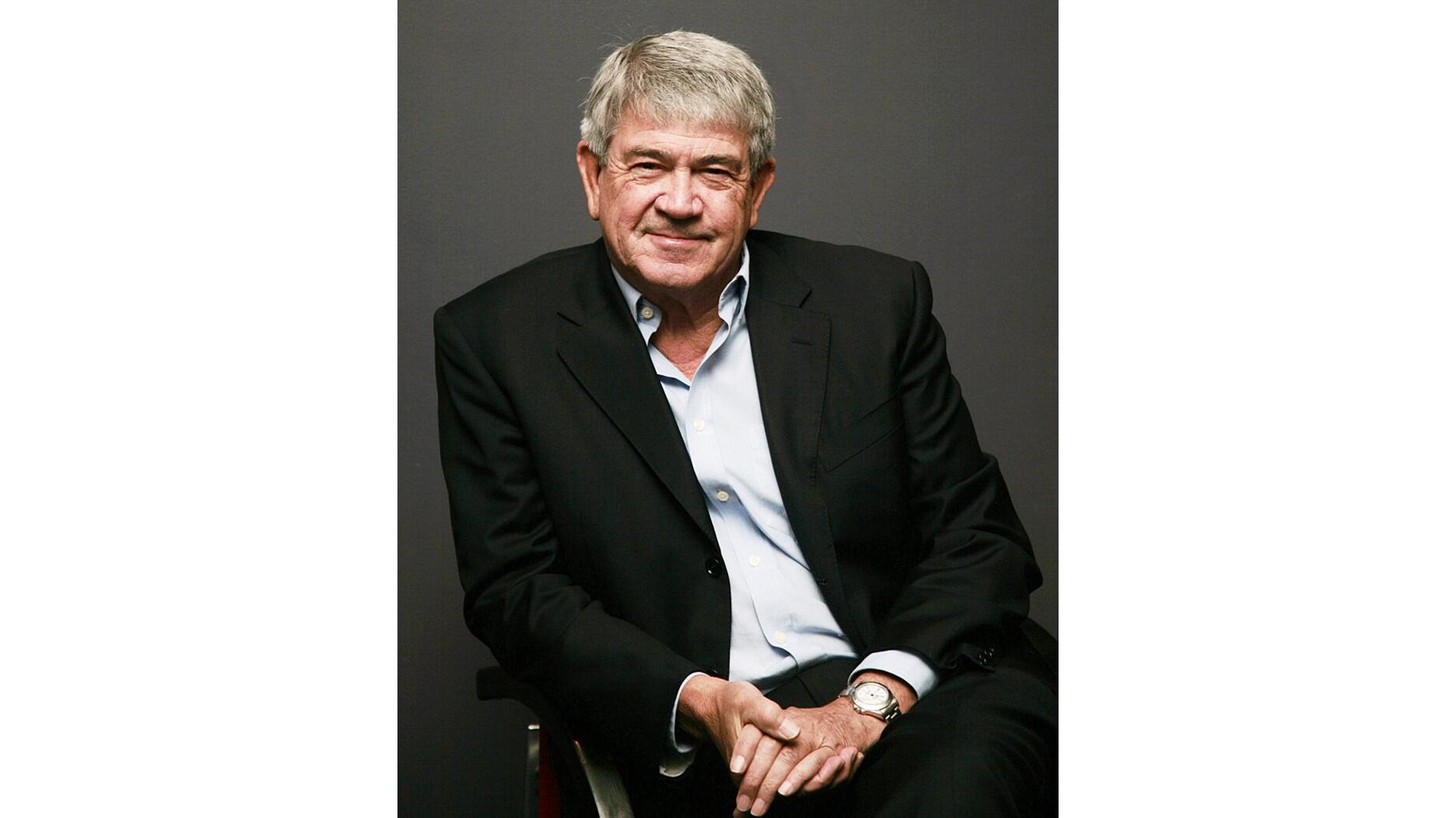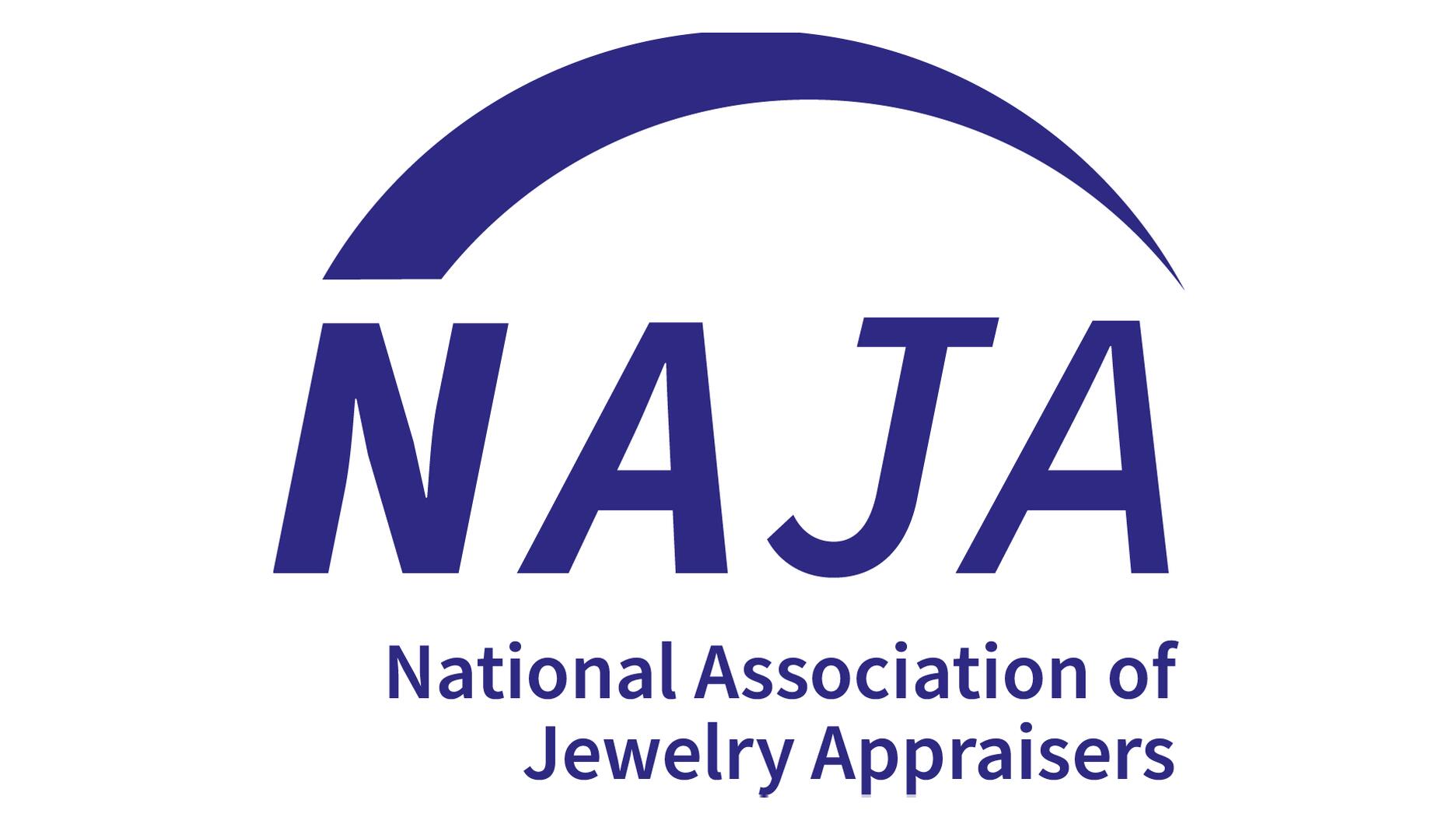The couple pleaded guilty to concealing at least $127 million in cash transactions at its precious metals businesses.
De Beers Wins Grant for Carbon-Neutral Project
The Canadian government is giving the company $500,000 to see if it can reproduce its results on a larger scale.
Calgary, Canada—De Beers Group just got a little help from the Canadian government in its quest to come up with a way to make diamond mining carbon neutral.
The diamond miner and marketer announced Tuesday the award of a C$675,000 grant (about $514,000) from the Clean Growth Program of Natural Resources Canada for its carbon-capture research at the Gahcho Kué Mine in the Northwest Territories.
The project is part of a global three-year study that includes mines in Botswana and Venetia in South Africa to allow for comparisons between different climates and geology.
What De Beers and leading academics from four institutions—The University of British Columbia, Trent University, University of Alberta and INRS in Quebec—have been working on is called rapid carbon fixation. It involves injecting carbon dioxide into processed kimberlite rock in order to accelerate a natural process, mineral carbonation.
In mineral carbonation, processed mine rock (the material left after the diamond is extracted from the source rock) sequesters the carbon dioxide as a stable and benign carbonate mineral.
The process takes thousands or millions of years in nature, but about 10 years ago scientists became aware that certain rock types exposed at Earth’s surface could store carbon and started studying how they could make it happen more quickly, said De Beers Canada spokesman Tom Ormsby.
In the case of De Beers’ quest for carbon-neutral mining, Project Lead Greg Dipple, a professor at UCB’s Bradshaw Research Initiative for Minerals and Mining, said they’ve been able to demonstrate rapid carbon fixation within days to weeks in the lab.
They now want to test the technology on a larger scale at the Gahcho Kué Mine, which is what the grant will help researchers do.
De Beers started researching carbon-neutral mining in 2015, with a goal of achieving it within five to 10 years, Ormsby said.
Achieving carbon neutrality would be a big win for diamond miners, as one of the main criticisms lobbed at natural diamonds from the lab-grown sector is that diamond mining is harmful to the environment.
De Beers Group CEO Bruce Cleaver said the company’s progress with its research project shows there is “great potential” to achieve carbon-neutral mining at sites where kimberlite is present, and could “fundamentally change the carbon footprint of not only the diamond industry, but the mining sector more broadly.”
The company said it is “focused on maximizing the benefits that can
The Latest

Consumers shared concerns about prices, inflation, tariffs, trade, and politics in the survey’s write-in response section.

In February 2026, the auction house will move its headquarters to the former Steinway Hall, a neoclassical landmark on Billionaires’ Row.

How Jewelers of America’s 20 Under 40 are leading to ensure a brighter future for the jewelry industry.

The new show will take place Jan. 23-25, 2026.


The LVMH-owned brand has partnered with the costume design union to revamp its award for 2026.

The luxury titan inked a deal to acquire an initial minority stake in the jewelry manufacturer with a pathway to full ownership by 2032.

Roseco’s 704-page catalog showcases new lab-grown diamonds, findings, tools & more—available in print or interactive digital editions.

The company’s curation of unsigned vintage and estate jewelry debuted at the Bloomingdale’s in Costa Mesa, California.

In the recent multi-shipment seizure, CBP also found counterfeit Audemars Piguet, Moncler, and Chrome Hearts items.

Helzberg’s Chief Retail Officer Mitch Maggart shared details about its tests of a new store concept rooted in an elevated luxury experience.

Jewelers of America execs and National Jeweler editors discuss tariffs, the sky-high gold price, and the engagement that broke the internet.

The luxury goods company said founder Ippolita Rostagno will remain at the brand’s helm.

Laura Burdese, who joined the Italian luxury brand in 2022, will take on the role in July.

The National Jeweler editors revisit the most noteworthy industry happenings and design trends from 2025.

Need a gift for the cat lover who has everything? Look no further than our latest Piece of the Week.

It purchased the “Grosse Pièce,” an ultra-complicated Audemars Piguet pocket watch from the ‘20s, for a record-breaking price at Sotheby’s.

The lab-grown diamond grower now offers custom engagement and fashion jewelry through its Kira Custom Lab Jewelry service.

Chandler got his start at Michelson Jewelers and has served as DCA president and CEO since 2001. He will retire at the end of the month.

The boutique is slated to open this week inside Terminal 8, offering pre-owned Rolex watches and more to international travelers.

Sponsored by Digital Monitoring Products

The special-edition egg pendant ingested in a New Zealand jewelry store was recovered after a six-day wait.

Associate Editor Natalie Francisco plays favorites with Piece of the Week, selecting a standout piece of jewelry from each month of 2025.

The “Love and Desire” campaign is inspired by the magic that follows when one’s heart leads the way, said the brand.

Two awardees will receive free tuition for an educational course at the Swiss lab, with flights and lodging included.

Berta de Pablos-Barbier will replace Alexander Lacik at the start of January, two months earlier than expected.

Sotheby’s held its first two jewelry sales at the Breuer building last week, and they totaled nearly $44 million.


























